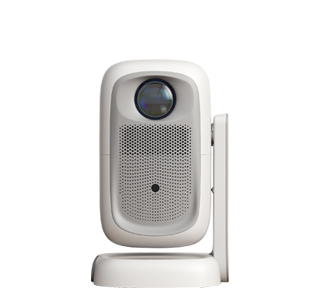
When evaluating projectors, several key indicators play a crucial role in determining their performance, suitability for different applications, and overall quality.
One of the most important indicators is resolution. Resolution refers to the number of pixels that a projector can display, typically measured in pixels horizontally and vertically (e.g., 1920×1080 for Full HD or 3840×2160 for 4K). A higher resolution means more detail in the projected image, resulting in sharper text, clearer images, and a more immersive viewing experience. For applications such as professional presentations, graphic design, and high - end home theaters, a higher - resolution projector is often preferred. However, higher - resolution projectors are generally more expensive and may also require more powerful computing devices to drive the content smoothly.
Brightness is another critical indicator, usually measured in lumens. The brightness of a projector determines how well the image can be seen in different lighting conditions. In well - lit environments, such as classrooms or large conference rooms, a projector with a higher lumen rating (e.g., 3000 lumens or more) is necessary to ensure that the image remains visible and clear. For dark home theaters, a lower - lumen projector (e.g., 1500 - 2000 lumens) may be sufficient and can even provide a more cinematic viewing experience. However, it's important to note that overly high brightness in a dark room can cause eye strain.
Contrast ratio is the ratio between the brightest white and the darkest black that a projector can produce. A high contrast ratio results in more vivid images, with deeper blacks and brighter whites, enhancing the overall visual impact. This is especially important for watching movies, playing video games, and viewing images where a sense of depth and detail is desired. Projectors with a contrast ratio of 1000:1 or higher are generally considered to offer good image quality, but some high - end models can achieve ratios of 100,000:1 or more.
Color accuracy and color gamut are also significant indicators. Color accuracy refers to how closely the colors displayed by the projector match the original colors of the content. A projector with good color accuracy will reproduce colors realistically, which is crucial for applications such as photo and video editing, as well as for professional presentations where accurate color representation is important. The color gamut indicates the range of colors that a projector can display. A wider color gamut means that the projector can show a more extensive range of colors, resulting in more vibrant and lifelike images.
Throw ratio is an important consideration, especially when it comes to installation. It is the ratio of the distance from the projector to the screen and the width of the projected image. A short - throw projector has a low throw ratio, allowing it to project a large image from a relatively short distance, which is ideal for small rooms or spaces with limited installation distance. On the other hand, a long - throw projector has a higher throw ratio and is suitable for larger venues where the projector needs to be placed far from the screen.
In addition, other indicators such as fan noise, power consumption, connectivity options (e.g., HDMI, USB, VGA), and portability also play a role in assessing a projector's overall value and suitability for different users and applications.
Read recommendations:
HN30A Portable - HN Series Projector
Brightness of Projector Screens
High - Definition Projectors
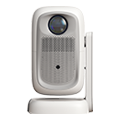




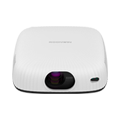
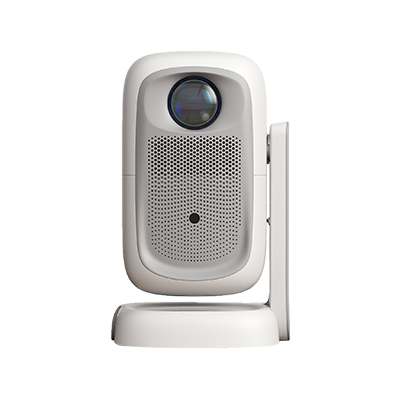

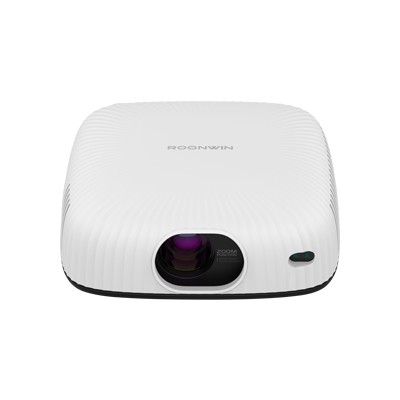









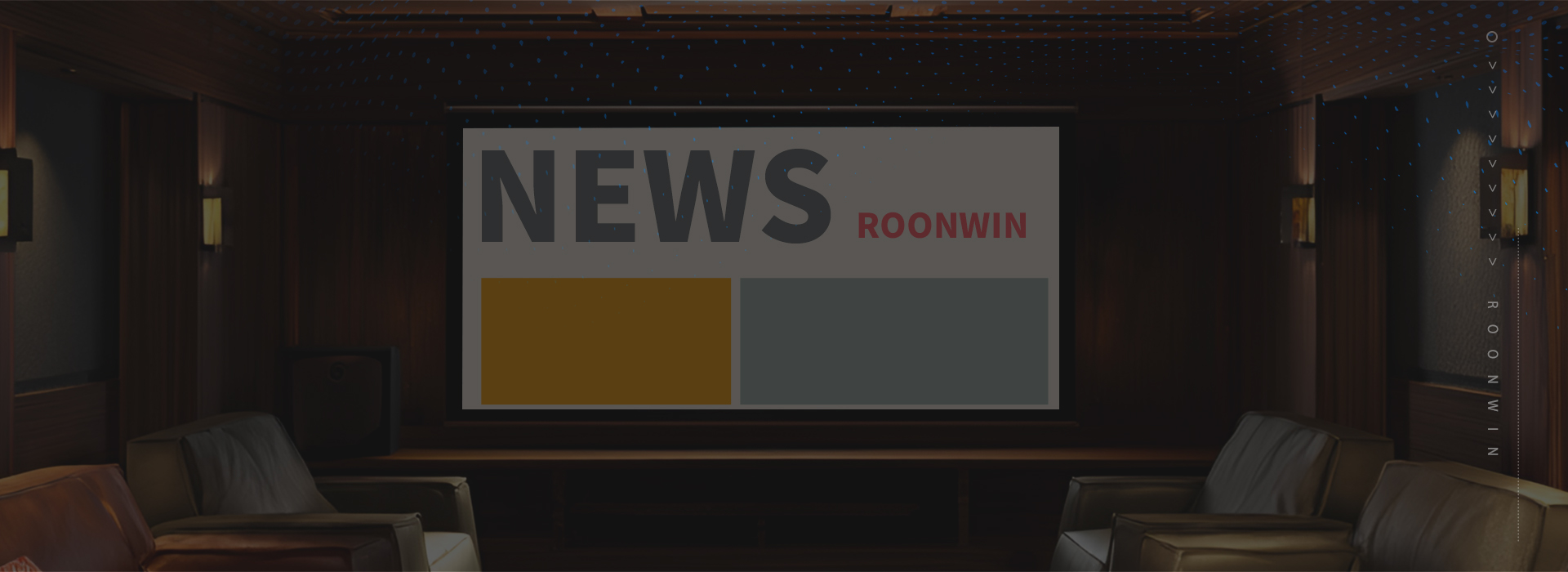
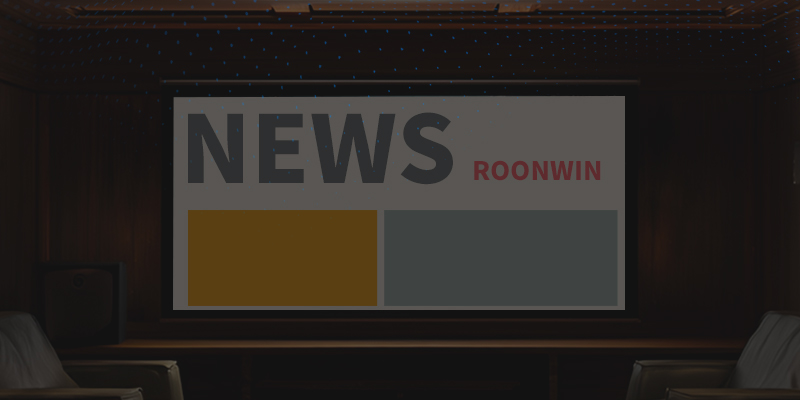
 Reviewed:
Reviewed:











